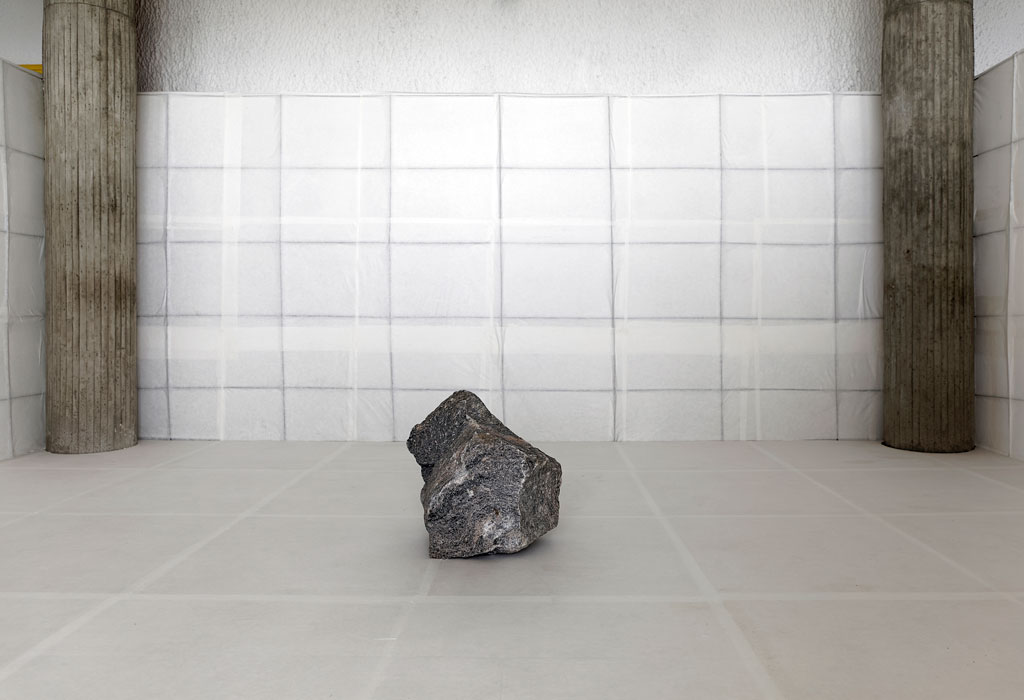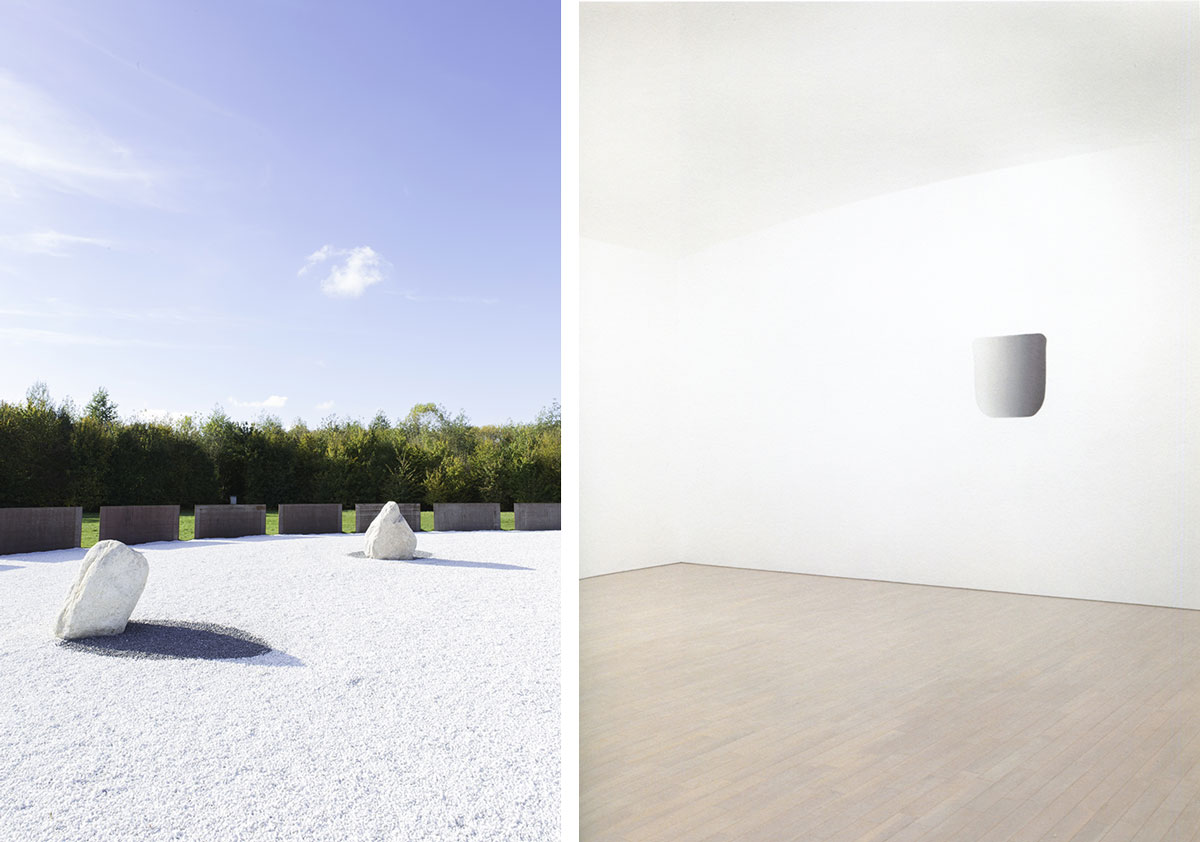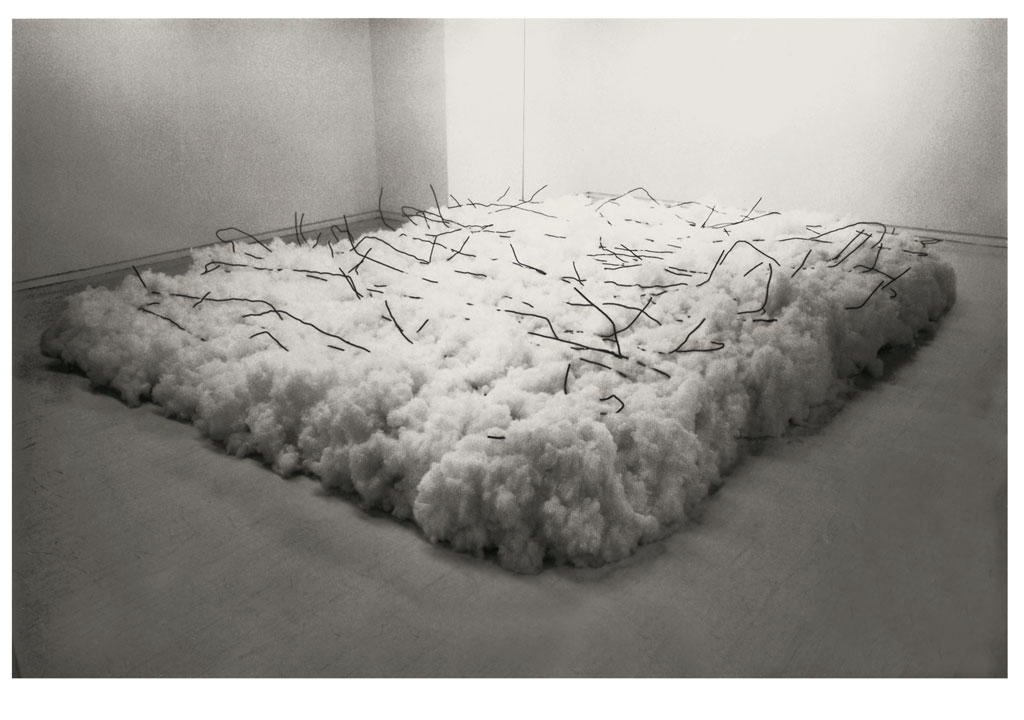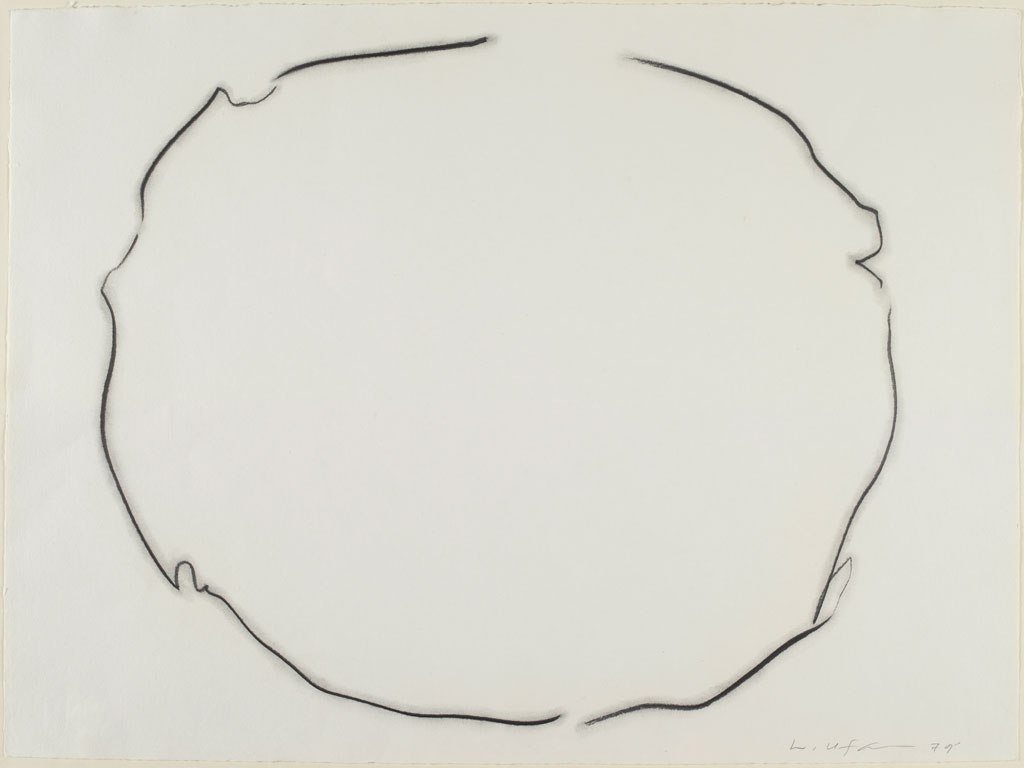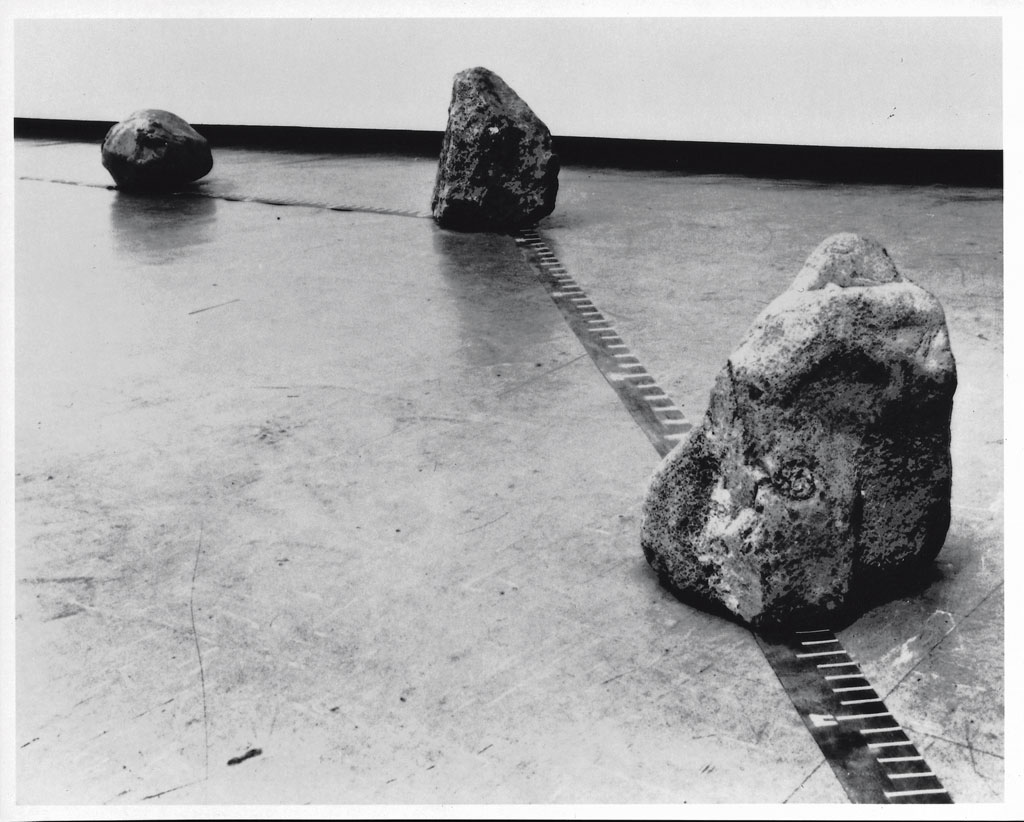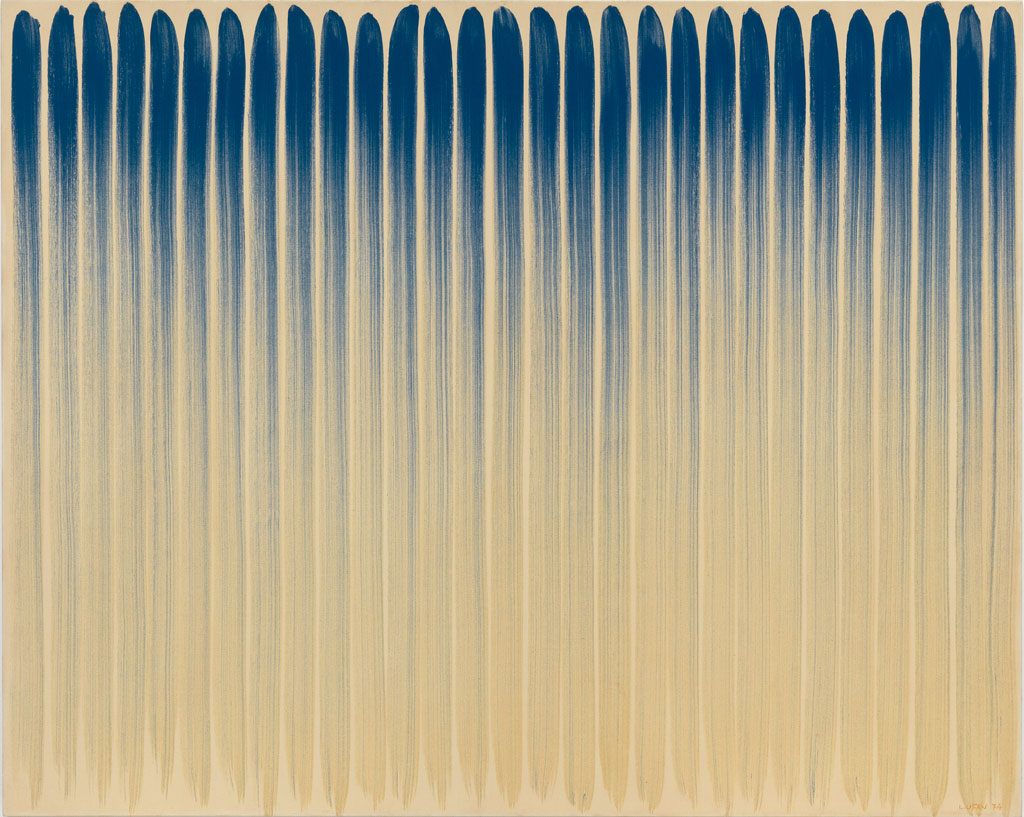ART CITIES:Metz-Lee Ufan
 The retrospective “Inhabiting Time” presents the work of artist-philosopher, Lee Ufan, charting his creation of a visual, conceptual, and theoretical terrain that has radically expanded the possibilities for painting and sculpture since the 1960s. Lee Ufan is acclaimed for an innovative body of work that revolves around the notion of encounter, seeing the bare existence of what is actually before us and focusing on “the world as it is”.
The retrospective “Inhabiting Time” presents the work of artist-philosopher, Lee Ufan, charting his creation of a visual, conceptual, and theoretical terrain that has radically expanded the possibilities for painting and sculpture since the 1960s. Lee Ufan is acclaimed for an innovative body of work that revolves around the notion of encounter, seeing the bare existence of what is actually before us and focusing on “the world as it is”.
By Efi Michalarou
Photo: Centre Pompidou-Metz Archive
“Inhabiting Time” has been devised by the artist and curator as a pathway leading from one experience to the next, like the process of discovery of a new language, beyond the codes and traditional references of contemporary art. At each ‘station’ along the way, a selection of works embodies a concept, a way of considering art. Some rooms also present these core concepts as explored in a specific material. The exhibition covers most of the typologies and materials embraced by Lee Ufan, together with transitional phases and pivotal works that demonstrate how one idea led to another. His work makes palpable the connections between thought, form and physical experience. Works were selected for display in a process of continuous dialogue with the artist, who was particularly attentive to the balance of paintings, sculptures and installations, older and more recent works. The exhibition opens with “Dialogue” (2010/19) a painting executed directly on the wall of a white room. The dabs of paint, “always similar but always different”, dialogue with the non-painted areas around them to generate an atmosphere of tension and equilibrium alike. The work functions as a gateway or portal to the artist’s world, his chosen symbol, marking the beginning of a pathway. Paint is freed from the canvas to bring rhythm and movement to a vast, immaculate space. The painted and non-painted areas of the room dialogue with one another. Crushed and ground mineral pigments create nuanced effects of shade, evoking the potential unification or inversion of things and nothingness: brushstrokes may gradually disappear or simply never exist. Since 1972, Lee Ufan has given all his sculptures the Latin title “Relatum”. Each work centres on the juxtaposition of a range of natural and industrial materials, and their resulting relationships. Lee Ufan barely intervenes in these core elements: the primordial, creative act resides in their selection and positioning in space. The artist’s non-interventionism highlights each element’s intrinsic characteristics, and intensifies their presence in the work, engendering a relationship between the rock – unaltered since time immemorial – and geometric sheets of glass or steel, shaped by man, though both are comprised of natural raw materials. The works’ defining relationships – between opacity and transparency, solidity and fragility, nature and industry – intensify as we observe them over time. Lee Ufan does not seek to magnify these oppositions, but to invite the visitor to observe them with heightened attention. The evident non-functionality of the different elements and their arrangement concentrates the viewer’s attention still further on the act of looking. The first paintings in the series “From/With Winds” were made at the beginning of the 1980s, following what Lee Ufan describes as a “major inner rupture”, and the saturation of the picture space in his work. Lines and dots each have their own clearly defined identity, though some marks make contact with others, and overlap with varying degrees of impasto. Individual touches no longer appear as vital stages in an evolutionary process from one mark to the next, but as spontaneous responses. Lee Ufan uses curved brush strokes to initiate a dynamic dialogue between the paradoxically architectural yet free-floating marks. The thicker, broader brush loosens the artist’s gestures, creating a network of traces that interact like organs of the human body, connected and interdependent. “Correspondence” is a serial painting initiated at the beginning of the 1990s, as an extension of Lee Ufan’s earlier exploration of presence and absence. Each mark on the canvases in the series is made up of successive layers of paint applied over several days, often without waiting for the previous layer to dry. This simple gesture conveys a sense of the moment of profound concentration that Lee Ufan brings to each his paintings. The brush stroke is both the product of lengthy reflection, and a symbol of flagrant inactivity, embodying the very least gesture a painter can make. And yet this economy of gesture introduces an intense dialogue between the painted mark and the canvas – the untouched ‘reserve’ of space around the mark. It allows the bare canvas to enjoy equal status with the painted mark itself. The rice paper in “Relatum-Room (B), Couvent de La Tourette” (2017) is reminiscent of traditional Japanese rooms set aside for the tea ceremony. The small, intimate, minimalist, silent space is an invitation to meditate at the end of the exhibition. It stands as an antidote to the modern spaces all around and shows how more timeless spaces can be created. The visitor walks on a bed of gravel, and stones are present, as in a Zen garden. The natural, organic pattern of rice paper echoes the regular, orthogonal pattern of the structure’s metallic grille to poetic, graphic effect. The space functions as a kind of decompression chamber, bringing the spiritual and aesthetic journey of the exhibition to a close, before we return to the everyday world.
Info: Curator: Jean-Marie Gallais, Centre Pompidou-Metz, 1 parvis des Droits-de-l’Homme, Metz, Duration: 27/2-30/9/19, Days & Hours: Mon & Wed-Sun 10:00-18:00 (from 1/11-31/10) and Mon & Wed-Thu 10:00-18:00, Fri-Sun 10:00-19:00, www.centrepompidou-metz.fr

